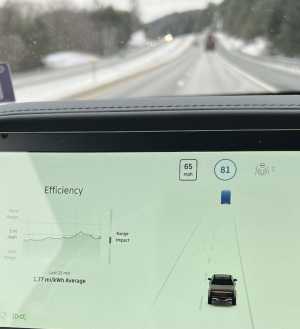I'm sure it's buried in the fine print somewhere but is there a "rule of thumb" that says something like, "for every degree drop in temperature you should expect x% degradation in range "? I realize it's not that simple but would be curious if there is something directional that exists?
Until this year I was unaware of how the cold affected battery performance. I split my time between MA and VT in the winters and VT can get brutally cold. It's usually not a sustained cold but would really like to know if I buy a Scout that claims to have X mile range, is it really X-100 miles if the temperature is 5 degrees?
Alternatively, do EVs today have any predictive software where you can plug in your truck model, tire size/type, expected passenger weight and expected temperature to estimate range?
Until this year I was unaware of how the cold affected battery performance. I split my time between MA and VT in the winters and VT can get brutally cold. It's usually not a sustained cold but would really like to know if I buy a Scout that claims to have X mile range, is it really X-100 miles if the temperature is 5 degrees?
Alternatively, do EVs today have any predictive software where you can plug in your truck model, tire size/type, expected passenger weight and expected temperature to estimate range?


